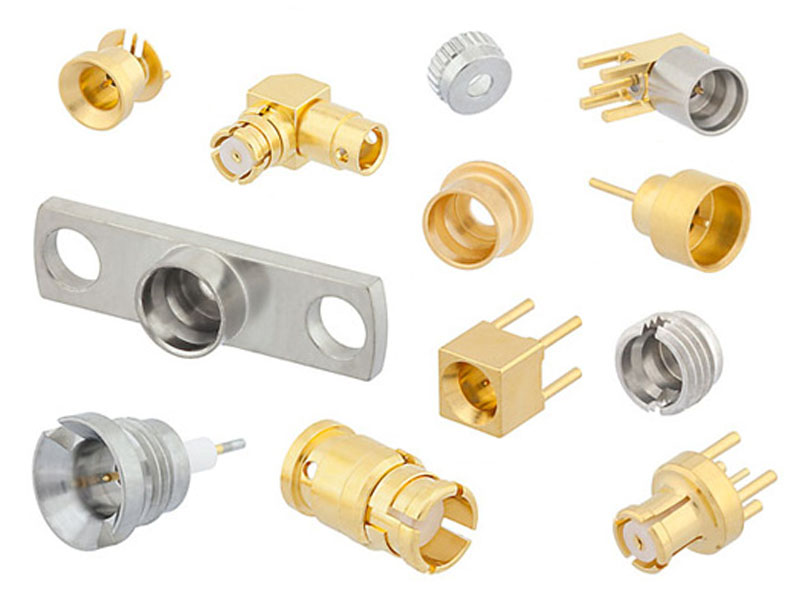-
We’re On Call 24/7 : +8613538296050
-
E-mail : anna@rohoconnector.com
We’re On Call 24/7 : +8613538296050
E-mail : anna@rohoconnector.com
With the rapid development of wireless communication technology, the application of Board-to-Board RF Connectors in the wireless system module Internet is becoming more and more popular, such as communication base stations, RRHs, repeaters, GPS devices and other similar applications. After several generations of evolution, Board-to-Board RF connectors are moving from limited tolerance to large tolerance.
The increasingly widespread background and impetus for Board-to-Board RF connectors stems from two major trends in the wireless device market: smaller specifications and lower prices. As seen in the wireless terminal market, smaller, lighter, and cheaper are the trends in the wireless device market. A reduction in equipment specifications means that space can be saved, weight is reduced, and more room is left for other designs in the system.
The continued reduction in equipment specifications stipulates that the integration of all components in the equipment is getting higher and higher, and the specifications are getting smaller and smaller. This also includes RF coaxial connectors and cable assemblies that are widely interconnected in the RF module and between them.
For example, the RRH (remote radio head) is widely used in distributed base station systems so that it can be easily, conveniently and reliably installed in the top of the tower and its urban dense environment. The design concept must be very compact and exhausted. Full control of its specifications, which stipulates that the coaxial interconnect system carrying its RF signal transmission must also be more compact and compact. Traditional and complex cable assembly connections are being replaced by Board-to-Board RF connector connections that are simple, compact, and reliable while carrying more than 100W of RF signal power.
Board-to-Board RF connector connections have become known to more and more RF and structural design engineers. More and more design ideas are using Board-to-Board RF connector connections, which allows designers to consider cost and cost more and more. The market needs to design a more concise and cost-effective Board-to-Board. RF connector plan.

The continuous reduction in connector specifications has two major challenges in mechanical design: one is that it is more difficult to match the small-size RF connector than the large-size RF connector. Second, the small size RF connector has low mechanical strength and is easily destroyed if it is operated by mistake. Generally, large-size RF connectors can withstand the use of large mechanical forces that do not dampen when mating with each other, but small and medium-sized RF connectors need to be more precise when they are mated.
The other important mechanical indicator is the blind insertion range, which expresses the ability of RF connectors to accommodate biased fits. The blind insertion range angle is at least the same as the working tolerance angle, but is usually much larger than the working tolerance angle.
Obviously, when the RF connectors are mated with each other, it is necessary to prevent the two connectors from being hard-wired to cause non-connection or damage to the RF connector. Allowing a certain degree of tolerance will prevent this problem. In addition, tolerance tolerance fits also enables blind insertion in non-visible situations. Many blind insertion schemes use a "bowl-like" design to import into the connection. Blind plug-in enables the design of the connector to be upgraded from a functional level to a customer-friendly level. The design concept is not only to allow the connector to achieve effective data signal transmission, but also to facilitate plugging and unplugging.
The development of Board-to-Board RF connectors has undergone three replacements, and the third-generation "Board-to-Board" SMP-MAX coaxial connectors achieve lower cost while achieving higher tolerance levels.
The first generation of "Board-to-Board" SMP coaxial connectors only offered limited tolerances and could not meet the latest design concept. The second generation of "Board-to-Board" SMP-Spring coaxial connectors ensure large tolerances, but the structural design is more complicated and costly. The third-generation "Board-to-Board" SMP-MAX coaxial connector guarantees designers a good cost and performance margin and will become the mainstream of the RF Board-to-Board RF connector market in the future.